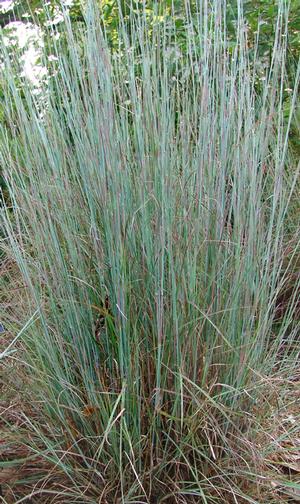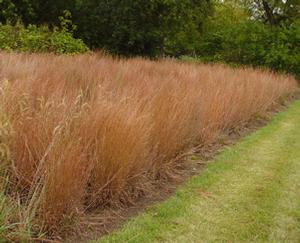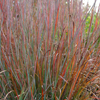Additional Information about Schizachyrium scoparium
Schizachyrium scoparium is upright and clump forming native grass with spiky blades of blue and green. The wispy silvery flowers bloom in late summer, followed by a spectacular display of fall color changing from green and orange to deep burgundy. A truly durable grass, it tolerates drought and heat with ease and thrives in lean soils. Little bluestem is one of the four dominant warm-season grasses found in the North American prairies and transitions easily between restoration settings to more formal situations with foliage remaining attractive as an architectural feature through winter.
Schizachyrium scoparium can be found in dry fields, prairies and woods from Maine to Alberta and Idaho, south to Florida and Arizona. Known for being low-maintenance, little bluestem does best in full sun and lean soils, anything from clay loam to sandy soils. It can self-seed but not prolifically. To maintain the best appearance, cut back to the ground in late winter or early spring before new growth emerges.
Native warm-season grasses such as little bluestem are essential larval plant food for several species of skippers as well as prairie walkingsticks, leafhoppers, and grasshoppers. The habitat provided by having such a rich diversity of insect life supports birds and other larger invertebrates. Bison, cattle, and other even-toed ungulates consume the foliage. S. scoparium can be used in restoration projects, prairies, borders, cottage gardens, and looks best in a group or mass.
BONAP Map





